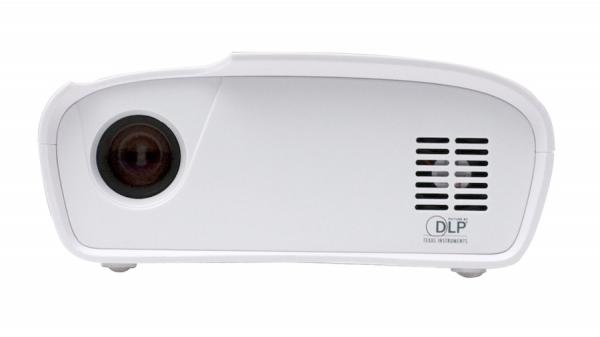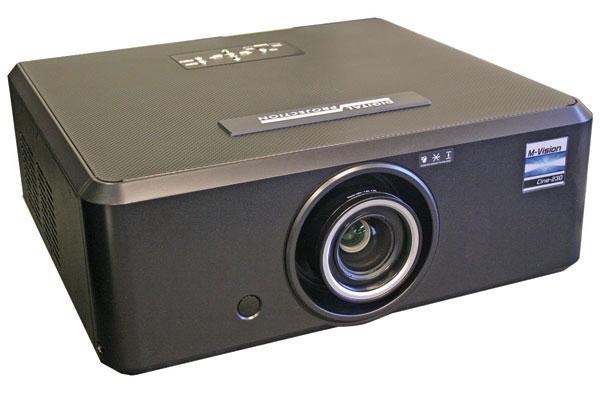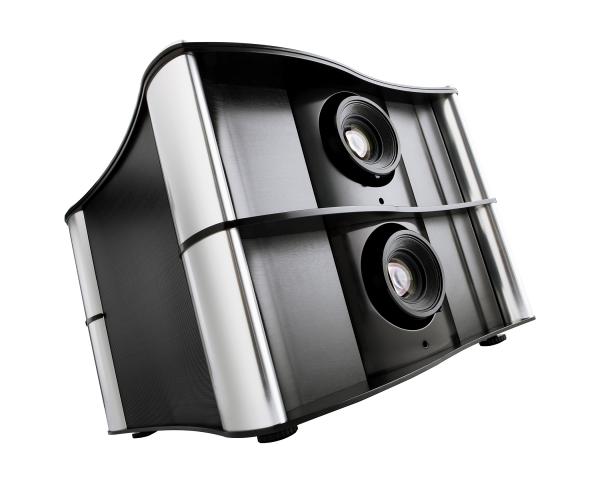Projector Reviews
Sort By: Post Date TitlePublish Date
|
Sep 08, 2011
|
Jun 16, 2011
|
May 04, 2011
|
May 03, 2011
|
Apr 28, 2011
|
Mar 25, 2011
|
Mar 25, 2011
|
Mar 23, 2011
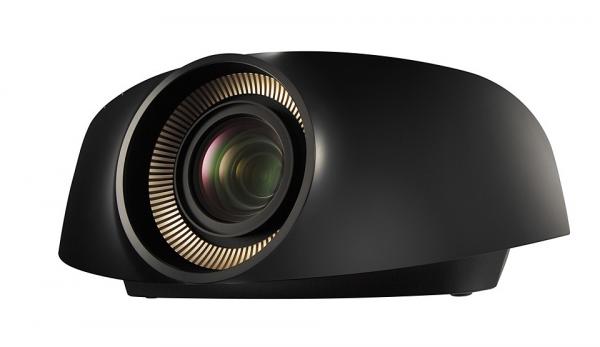
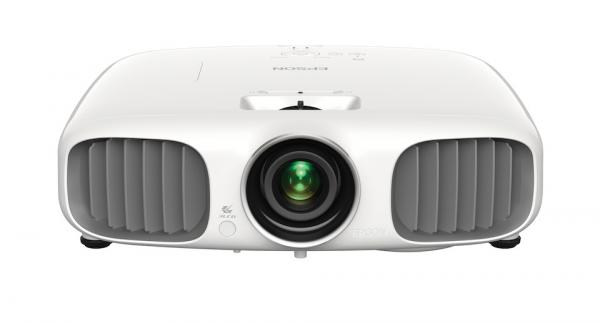
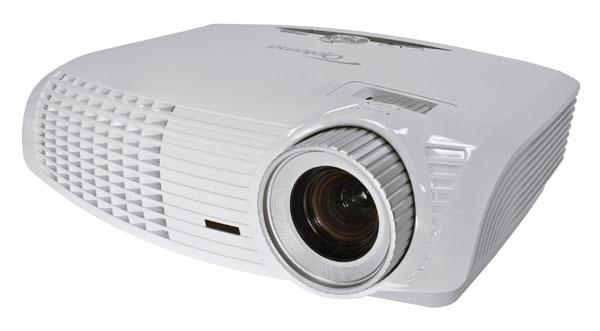
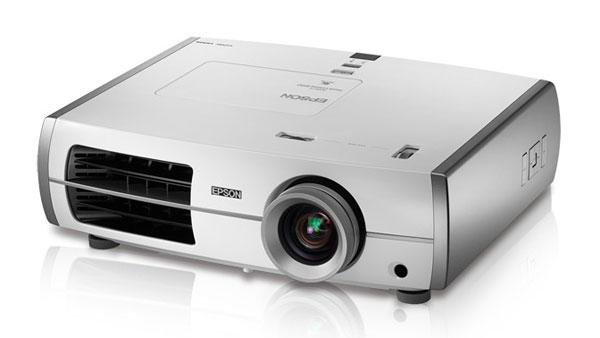
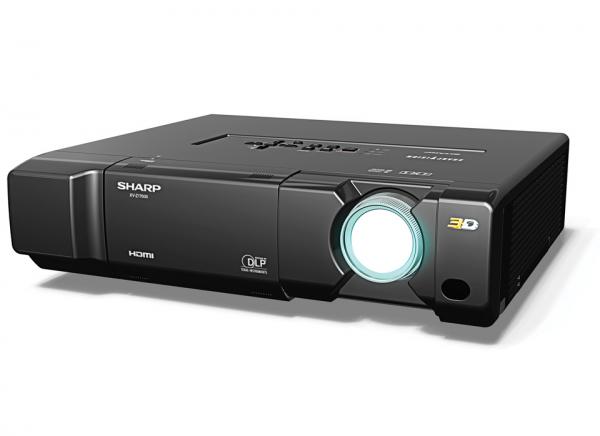
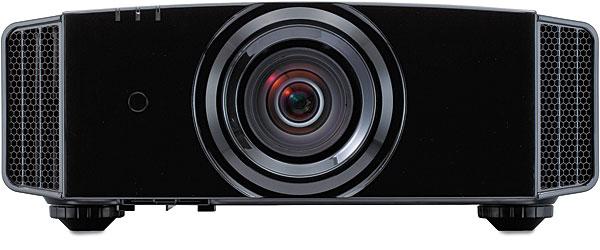

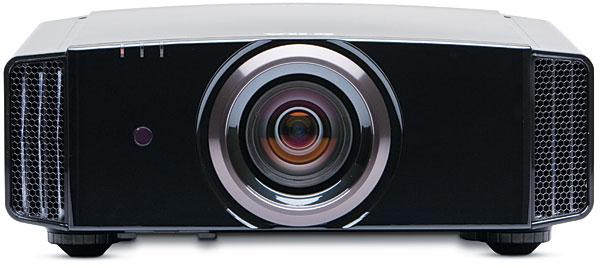
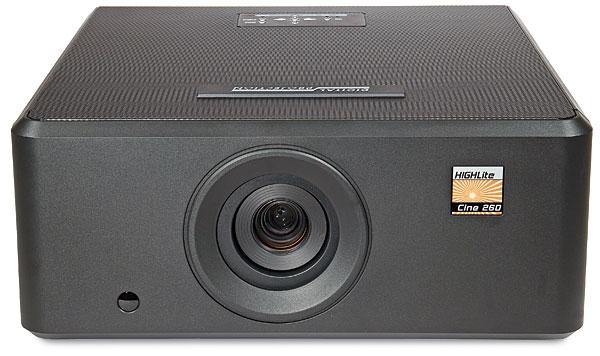
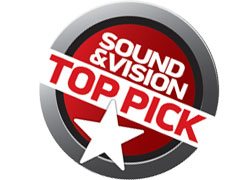 Price: $29,995 At A Glance: Outstanding resolution and color • Bright—even on a 10-foot screen • Black level and contrast well short of cutting edge
Price: $29,995 At A Glance: Outstanding resolution and color • Bright—even on a 10-foot screen • Black level and contrast well short of cutting edge
